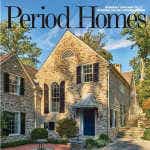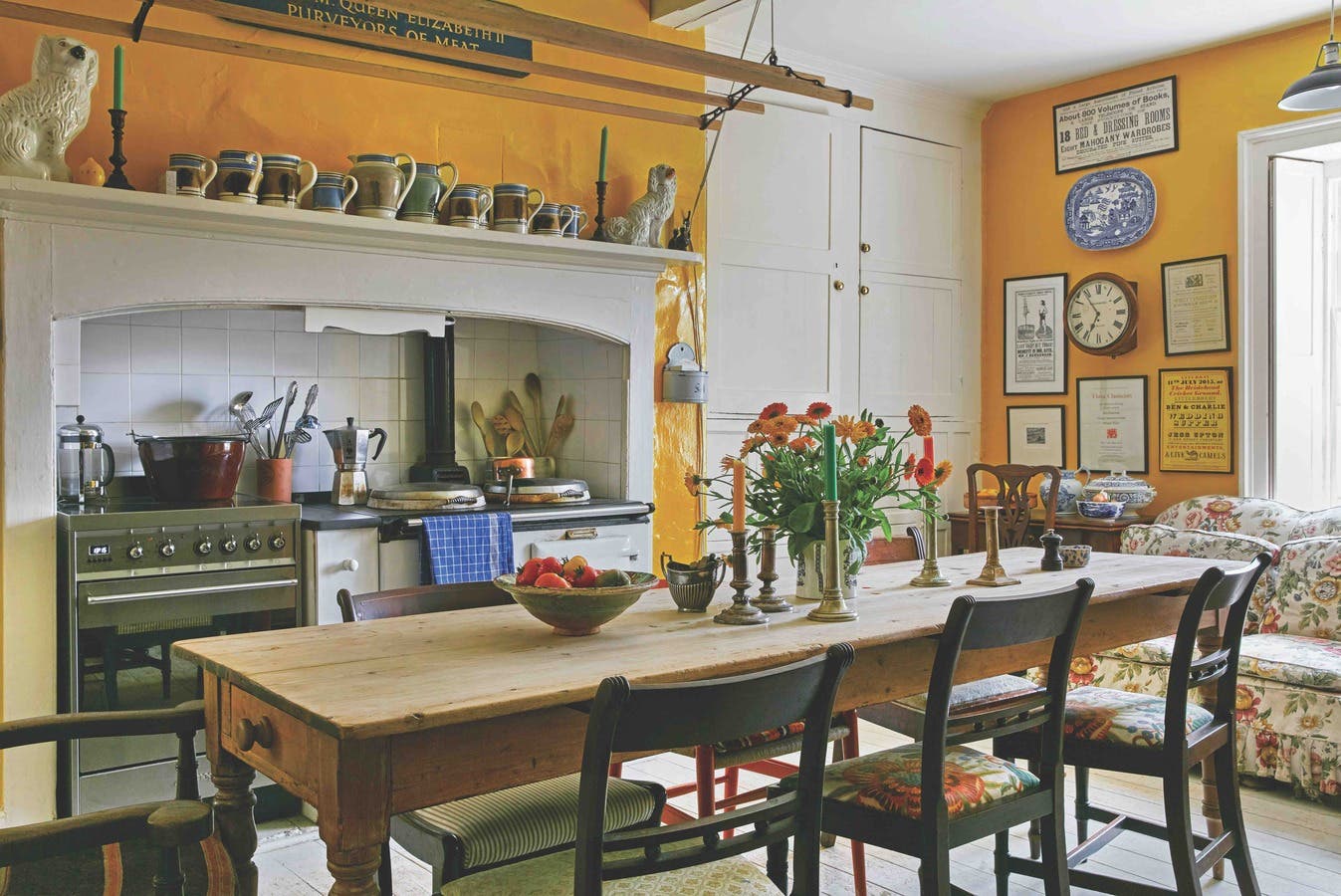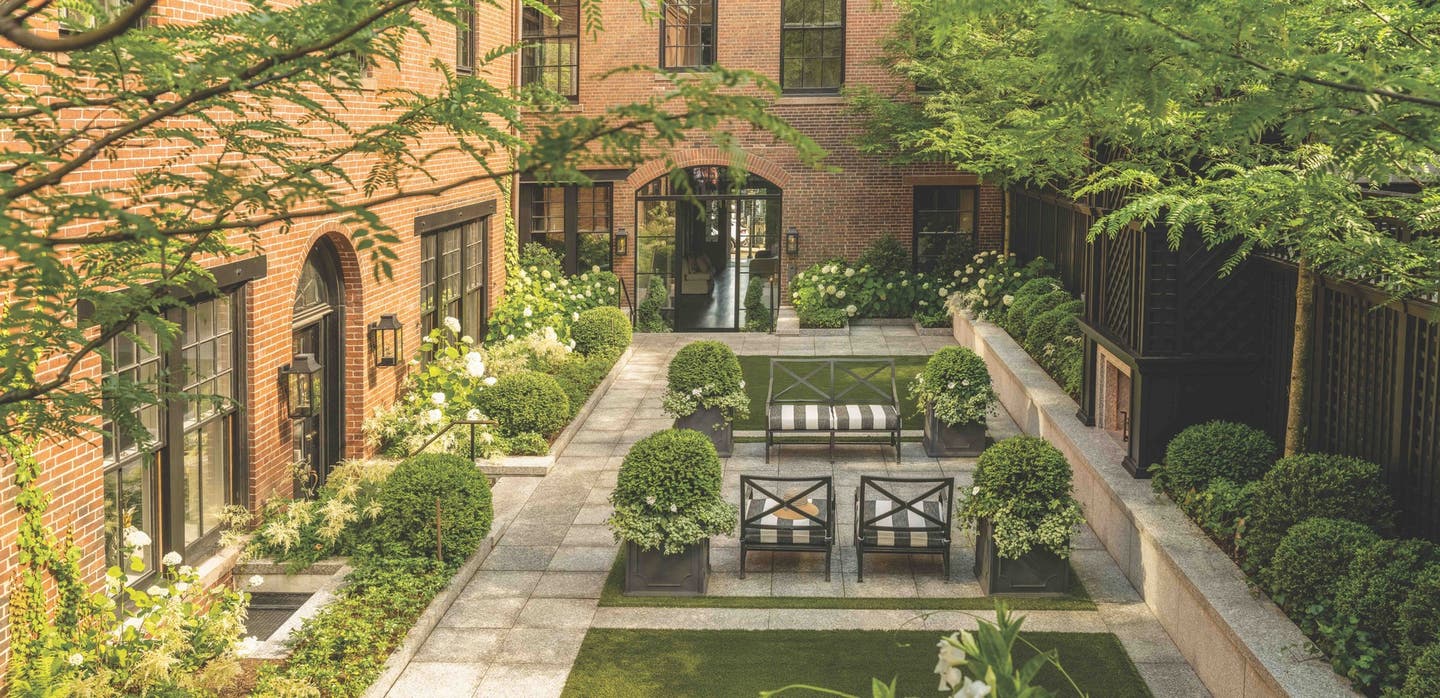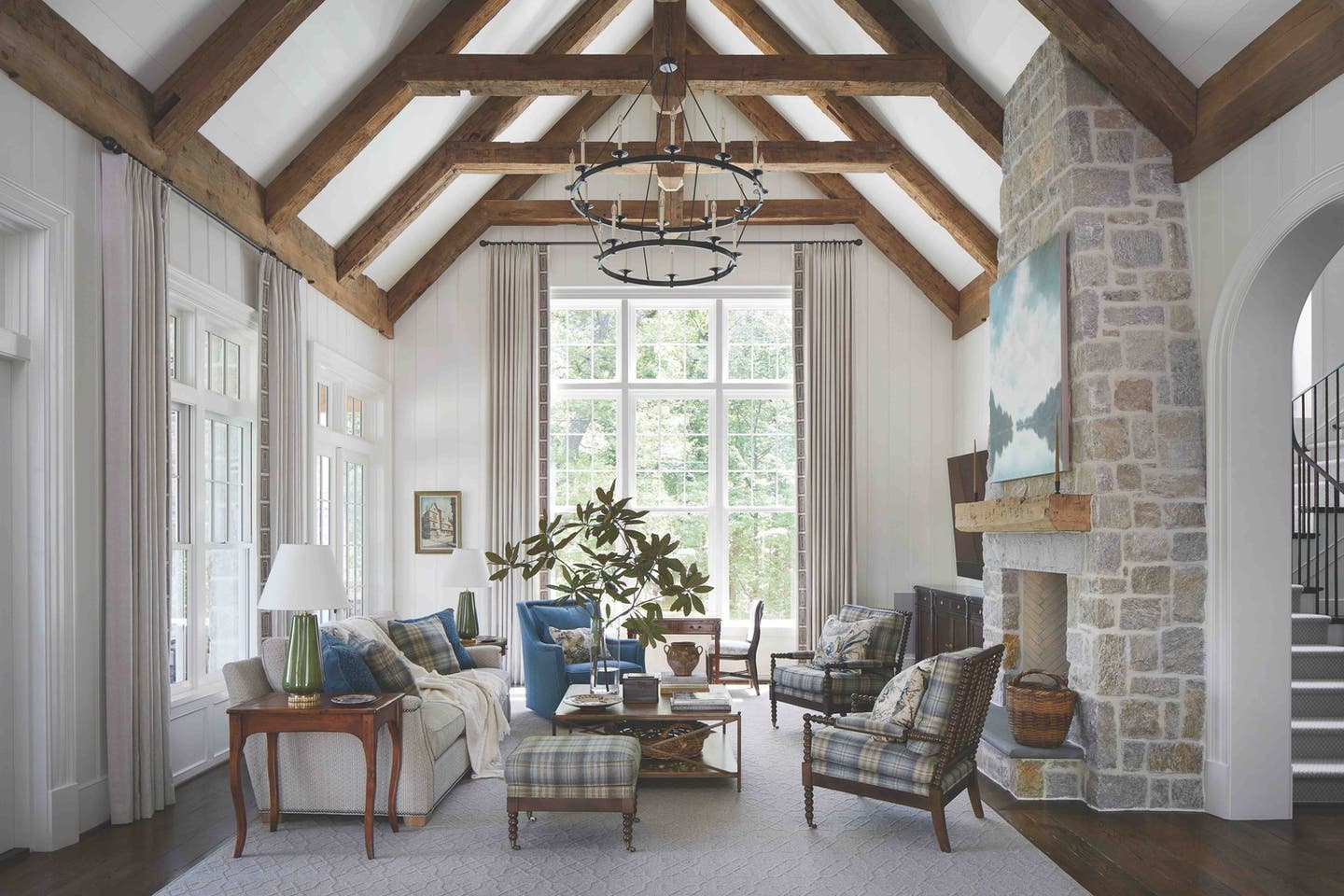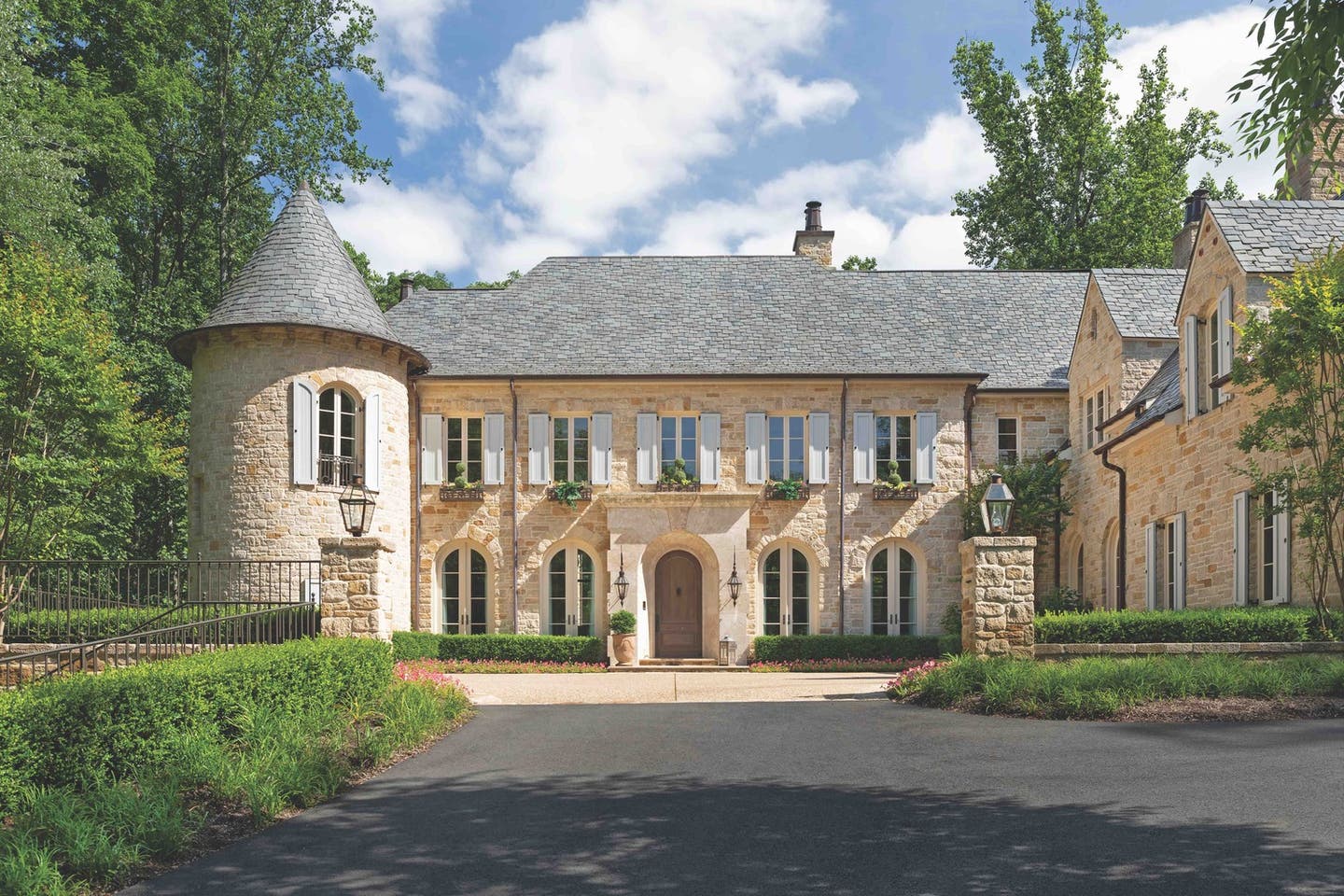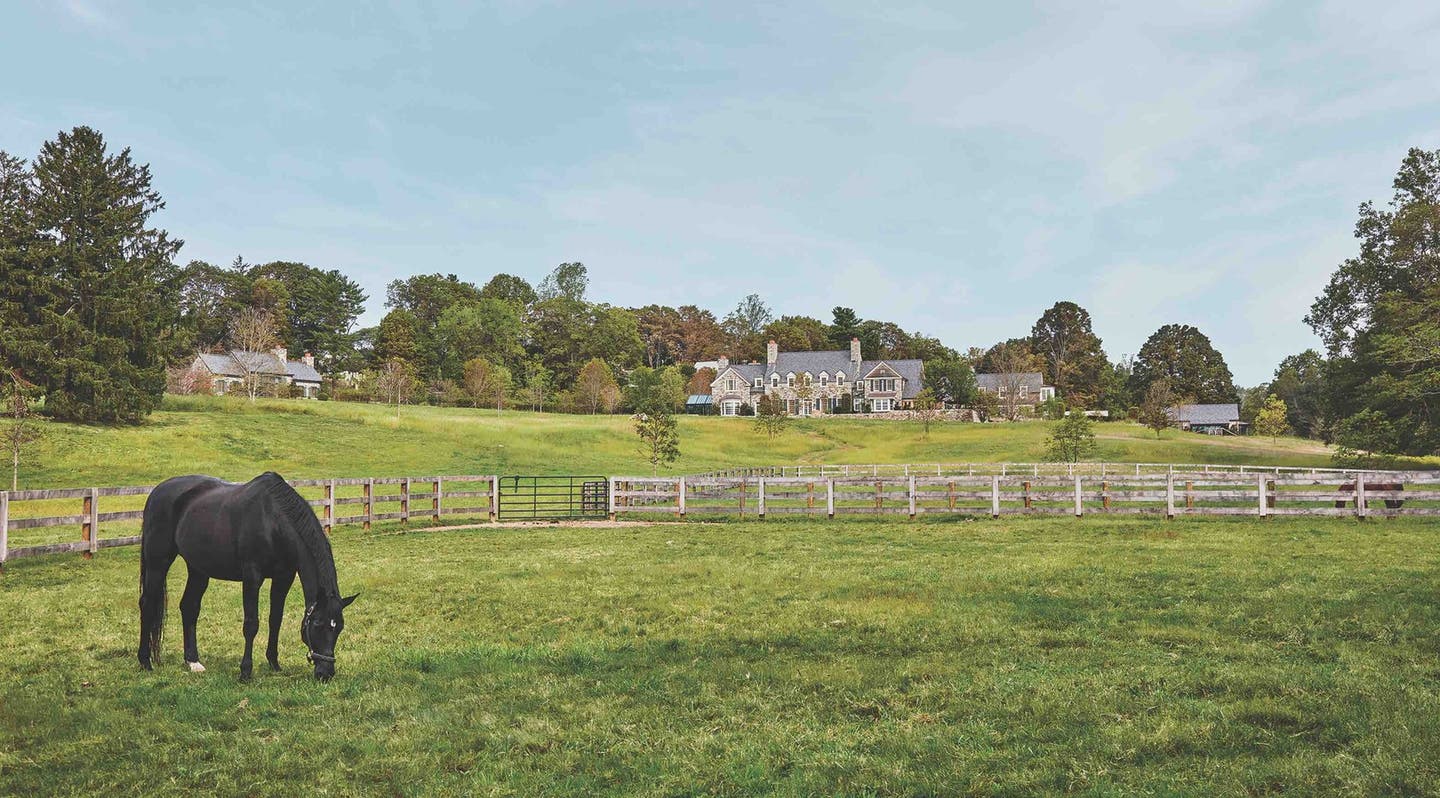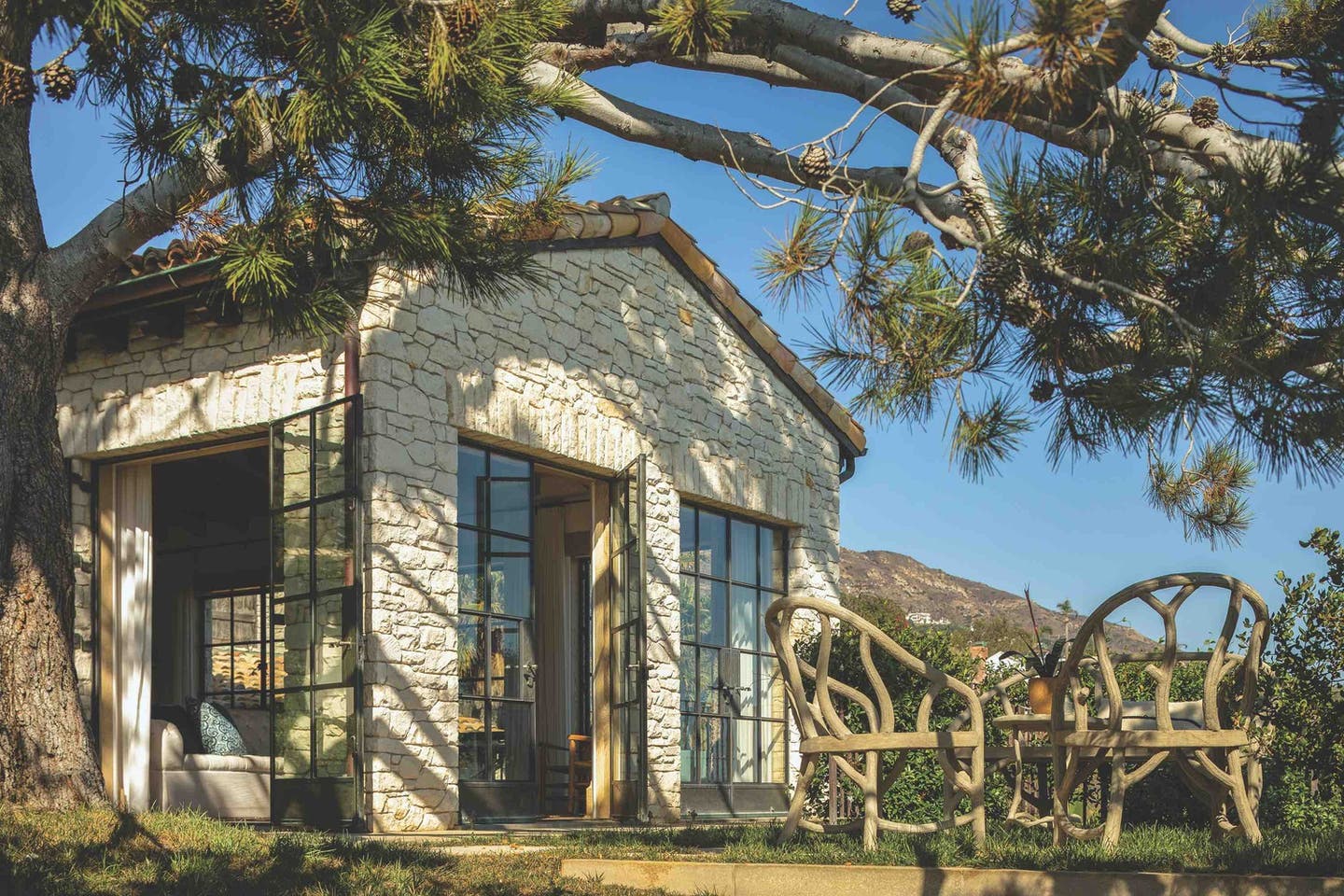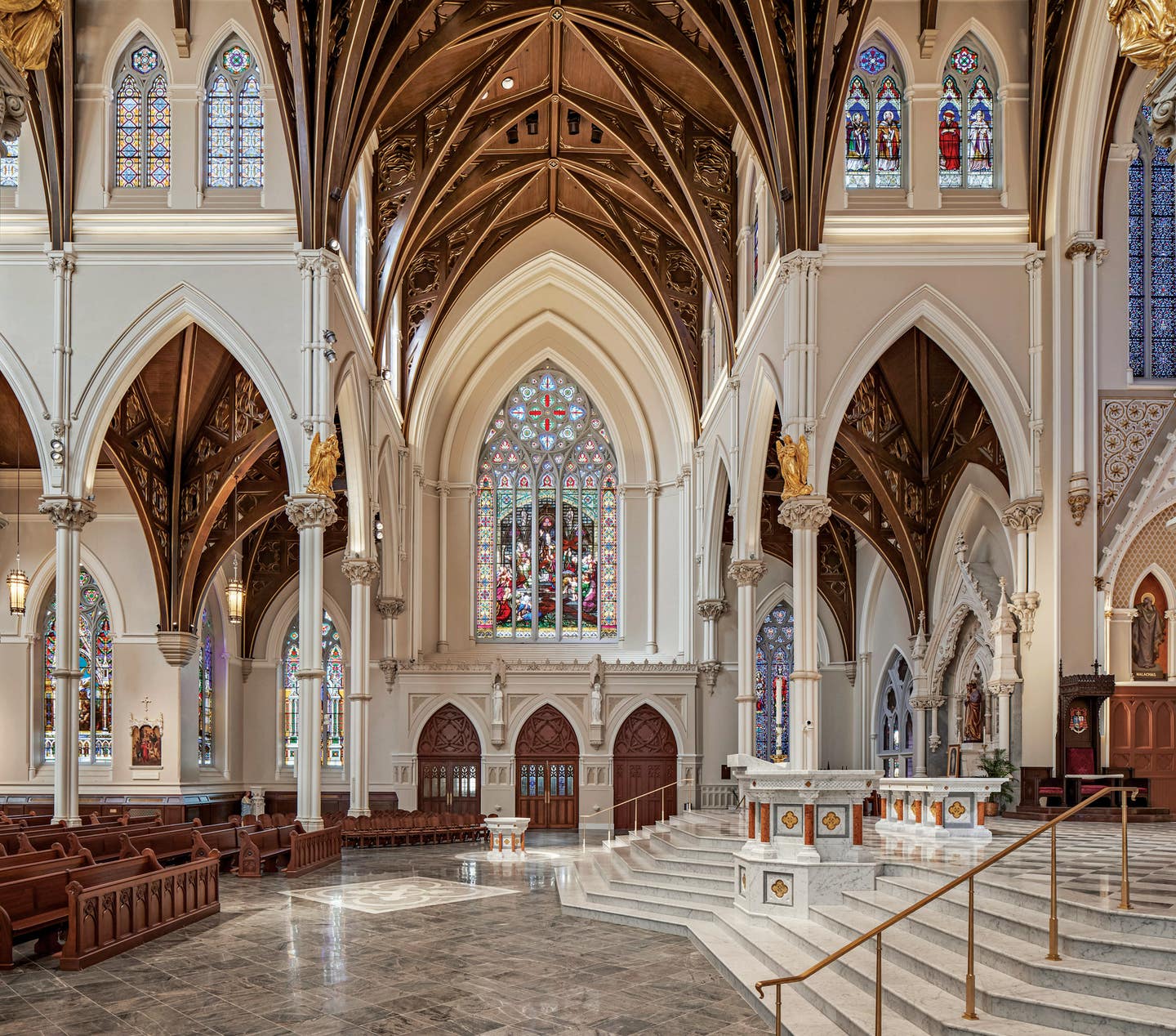
Restoration & Renovation
Elkus Manfredi Architects Updates a Gothic Revival Cathedral
The venerable Cathedral of the Holy Cross in Boston, a 19th-century glory-be-to-God Gothic Revival structure with a stunning stained-glass rose window adorning its front facade, lays claim to the distinguished title of the largest Catholic church in New England.
Measuring 364 feet long, 90 feet wide and soaring 120 feet high from the finished basement floor to the ridge of the nave attic, it covers an astounding 61,600 square feet.
The immense cathedral, consecrated in 1875, is made of local Roxbury puddingstone trimmed with gray limestone and houses an E. & G.G. Hook & Hastings pipe organ that’s listed as a historic landmark.
The interior of the main church was for the most part neglected for many years, and much of the decoration on the walls and ceilings was covered with decades of grime that left the space dark and inhibiting.
Architect David P. Manfredi FAIA, LEED AP, the CEO and founding principal of Boston-based Elkus Manfredi Architects, says the mandate for the long-overdue renovation and restoration of the structure’s interior was simple and direct: Renovate spaces that will stand the test of time for an additional 100 years.
“We wanted to bring new life to the cathedral, which is a beacon of support in the community,” he says, adding that the firm also designed the intimate, 500-seat Our Savior Church and USC Caruso Catholic Center in Los Angeles. “We wanted to make it welcoming and fill it with light. We wanted the result to feel like we hadn’t been there; our touch was very light.”
With no architectural drawings to use as a guide, Manfredi and his team, project architect Cathy Naughton and project manager John Mitchell, relied upon vintage photos and strove to make choices that, when not historically authentic, were in the spirit of the original design.
The palette of the paint scheme for the walls, for instance, is warm white—the existing, not the original, color.
The project included major infrastructure alterations and upgrades—new mechanical, electrical and plumbing systems and fire alarm and sprinkler systems were installed; and air conditioning for the sanctuary and nave was added for the first time.
The team was also in charge of the repair and cleaning of various elements; repainting the walls and trims, cleaning and re-sealing the wood ceilings and trusses, and replacing the VCT flooring with stone; enhancing the overall lighting system; and refinishing the wooden pews.
“The archbishop also asked us to illuminate the stained-glass windows in the main church, similar to the Blessed Sacrament Chapel,” Manfredi says. “The new system makes the church glow, lantern-like, in the evenings.”
The cathedral, whose interior was encased in scaffolding while the team worked, was closed for a year while the project was under way; mass was said in its basement.
Suffolk, the construction manager, laser scanned the interior to capture data to incorporate into a virtual design and construction model, a process that Manfredi says saved time and added efficiency.
This allowed the team to prefabricate HVAC equipment off site, assemble, and fit the components together without demolishing walls or otherwise disrupting or damaging the cathedral.
Manfredi says the priorities of the project were dictated by the budget. “The main challenge was there was so much to do and it’s such a big space,” he says. “We had to be thoughtful about where to have the most impact; a lot of things were on the ‘must-do’ list, so we had to get the most out of every dollar.”
In the sanctuary, which was found to require structural reinforcement, the team re-constructed the raised two-tier platform that had been added in the 1980s, creating a more spacious setting; re-finished the cathedra or bishop’s seat; and centered the altar, moving it closer to the nave and the congregation.
Elkus Manfredi Architects also relocated, and in collaboration with Baker Liturgical Art in Plantsville, Connecticut, redesigned the baptismal font, the altar and the ambo, which is the raised lectern the bishop uses to read the gospel, to reflect the liturgy of 2020.
“We took inspiration from the church’s interior details so that the design of the appointments, while new, would feel a timeless part of the larger whole,” Manfredi says. “To further establish a feeling of permanence, some new appointments, such as the floors, the altar, and the ambo, are of marble, not wood like the originals.”
The nave, which is where the congregation gathers, also was rethought. The pew layout, which still allows for seating for 1,900, was reconfigured, and the choir was relocated there from the sanctuary to, as Manfredi says, “create a more unified connection” between the singers and the worshippers and to free up space in the sanctuary.
Elkus Manfredi Architects’ new design also made the cathedral more accessible: The new pew layout made it possible for worshippers in wheelchairs to sit closer to the altar instead of being relegated to the back row of the nave.
The unsightly lift that was in disrepair and no longer functional was replaced with a new one discretely re-located behind one of the side altars; and a new accessible ramp was added along the pathway to the sacristy, where the vestments and sacred vessels are stored, and to the chapel adjacent to the sanctuary.
The cleaning and sealing of the wooden ceiling trusses offered the team the opportunity to preserve some of the original stenciled murals, which, through the passage of time, had become ghosted and virtually invisible from the floor.
“We discovered that the beadboard edge on the trusses had been painted maroon,” Manfredi says. “When we removed layers of paint, we could see that the original was crimson, but you could not see this from the floor. We wanted to do something special, so we painted it gold instead to match the little gold crosses that were already there.”
The team also discovered and restored the painted-over patterns on the sanctuary walls and used that subtle palette of five to seven shades of white to pull out specific details such as those around the windows.
The rejuvenated cathedral, which has won numerous awards including the Preservation Achievement Award from the Boston Preservation Alliance, the AIA for Interfaith/Faith & Form Religious Architecture Renovation, and the Architecture MasterPrize for Restoration & Renovation, has been well-received by the worshippers.
“I was there for mass recently, and someone came up to me and said, ‘You’ve reinvented it, and it’s fantastic,’” Manfredi says. “But we didn’t reinvent it—we restored it using light as our paintbrush.”
The Cathedral of the Holy Cross, he adds, holds special meaning for him. “It’s not just a place of worship, it’s an important civic place in the South End where I live,” he says. “I know this sounds corny, but it’s one of the most important projects of my career.”

